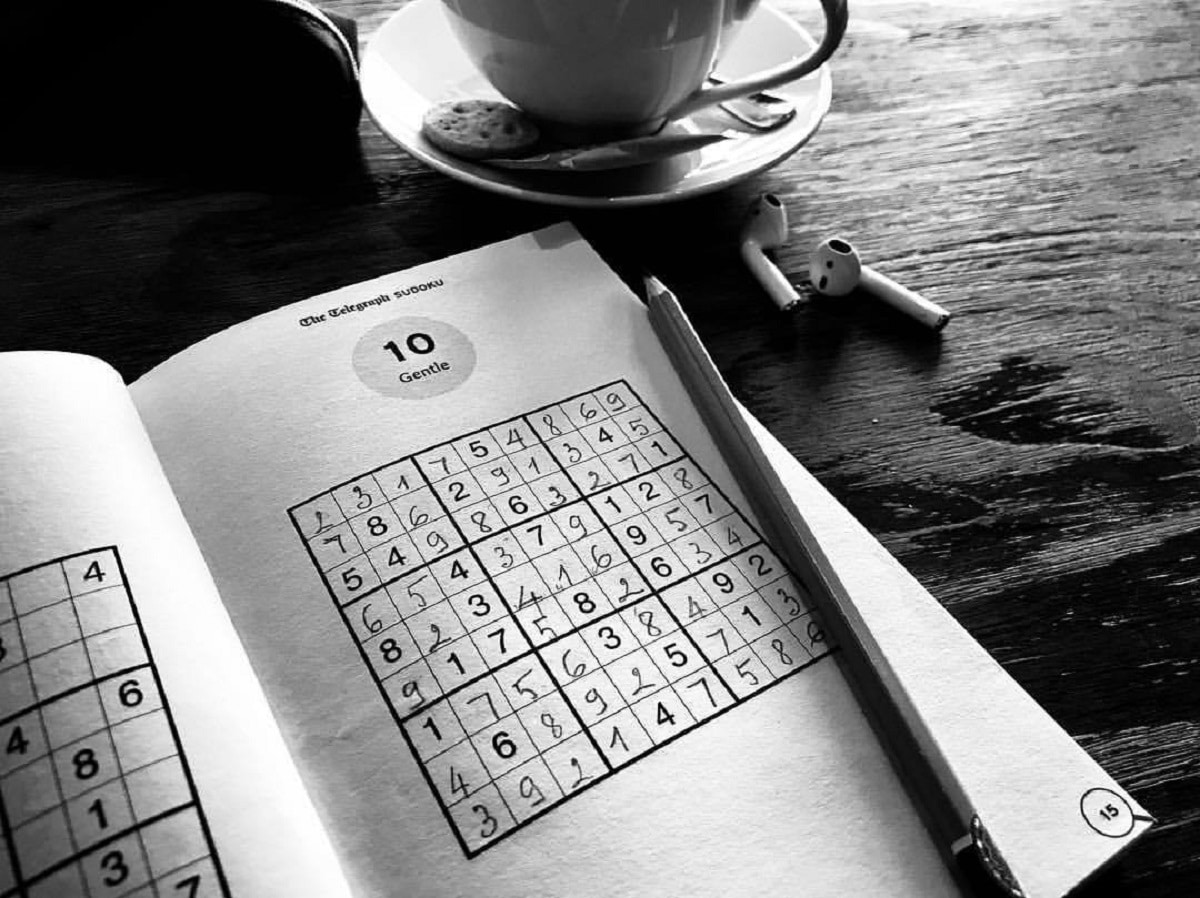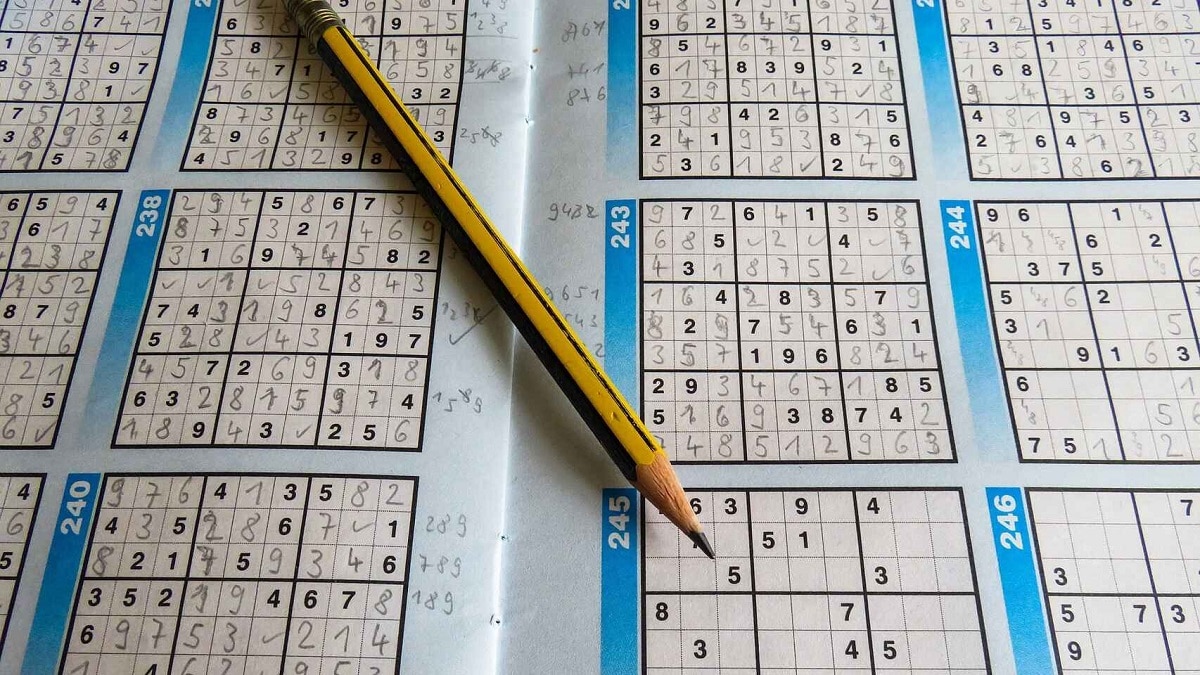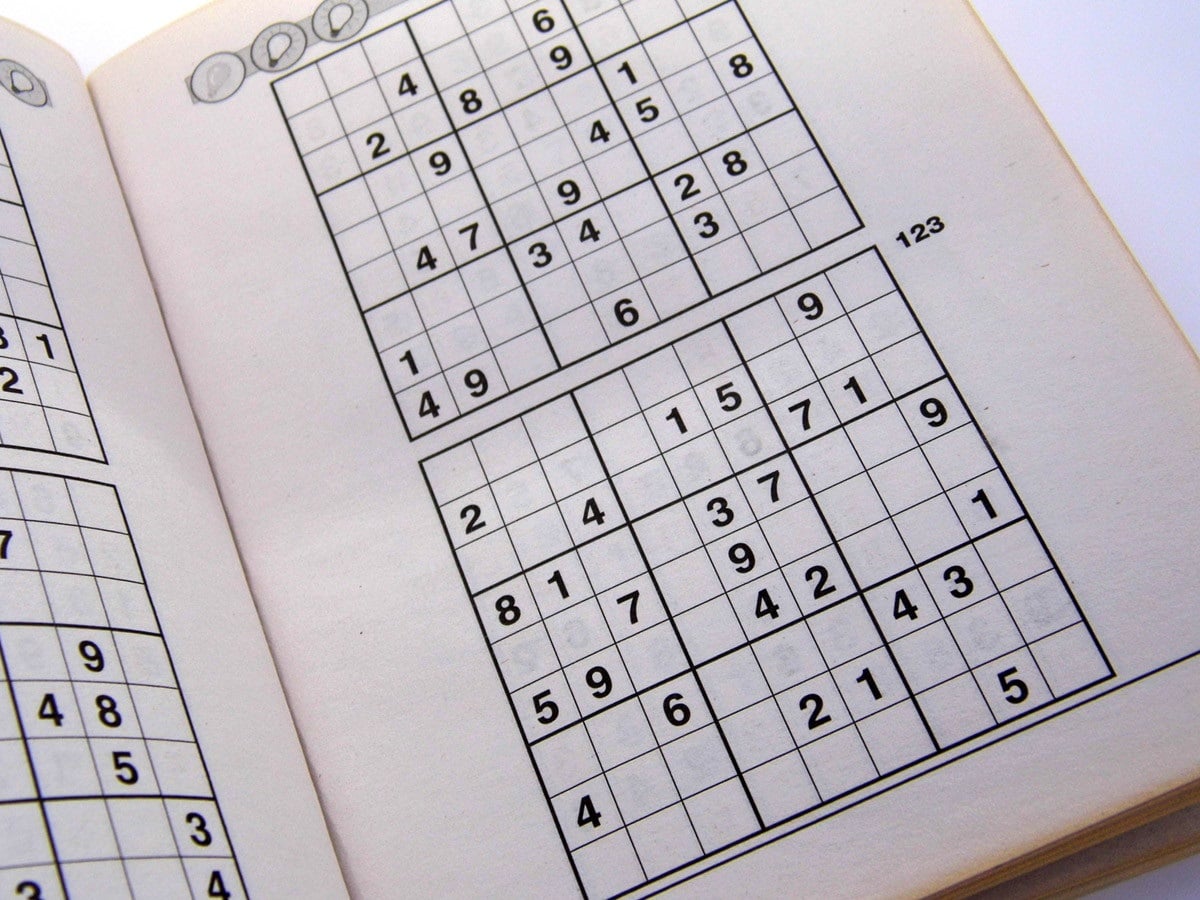
Sudoku is a game that consists of a 9×9 spatial grid. Within the rows and columns are 9 large squares, which are themselves subcomposed by 3x3 spaces. Each row, column and square (9 spaces per square) must be filled with numbers from 1 to 9, and no number must be repeated in rows, columns or squares.
If this game intrigues you but you don't know very well how to play Sudoku, here We explain it to you and give you some other trick to make it faster.
What is Sudoku?

Sudoku, as we have mentioned before, usually consists of a grid divided into 3×3 cell boxes with some prescribed numbers on them. Although there are other variants such as 4×4 Sudoku and mini Sudoku. To play, all you need to do is fill in the blank cells so that every row, column, and 3x3 box doesn't have any repeating numbers.
It may seem simple to you if we explain it like this, but when one starts to solve puzzles, it turns out that things are not so simple. It is more complicated than it seems at first. East is a puzzle that requires patience, vision and reasoning skills.
How many difficulty levels does it have?
Depending on the difficulty of the Sudoku, it will take you more or less time to solve it. The simplest problems can be solved in minutes, the most difficult problems can take hours. The difficulty levels there are:
- Easy
- Medium
- Hard
- Very difficult
To play Sudoku, we advise you to use a pencil and an eraserUnless you're playing online, of course. Start with the 3x3 box that contains the most numbers. A good help is to write in it the possible number of each cell. This will make it easier for you to remember all the possibilities.
What result of adding does Sudoku have to give me?
You have to get a total sum of 81 cells in 9 rows and columns. In some cells there are already preset numbers. The more difficult the Sudoku, the less numbers will help to solve it. The remaining cells must be filled with numbers y entre 1 9.
How Sudoku is played: rules

solved sudoku
- Use numbers from one to nine. Sudoku is played on a 9×9 spatial grid. Within the rows and columns there are 9 grids, in turn, made up of 3×3 spaces. Each row, column and square (9 spaces per square) must be filled with numbers from 1 to 9, and no number must be repeated within a row, column or square. Is it complicated for you? As you can see in the image at the beginning of this section, each Sudoku grid has some spaces already filled in. The more spaces you fill, the easier the game will be. The most difficult Sudoku puzzles have very few filled spaces.
- Do not repeat any number. As you can see in the photo, the numbers in black are the ones that are prescribed and the ones in blue are the ones that we are putting. By looking at the missing numbers in each square, row, or column, we can use the process of exclusion and deductive reasoning to decide which numbers should be in each space.
- Don't play guessing game. Sudoku is a logic and reasoning game so you don't have to guess. If you don't know what numbers to put in the spaces, keep looking at other areas of the grid until you see an opportunity to put numbers. But don't try “shoehorn it in”: Sudoku rewards patience, insight and pattern recognition, not luck blindly or the guesswork
- Use the process of elimination. One way to find out which numbers can be contained in each space is to use the removal process. It is nothing more and nothing less than verifying what other numbers are already contained in each square, since the numbers from 1 to 9 in each square, row or column, cannot be repeated.
-
When it is not possible to discover a new number using the previous step (the elimination process), we advise you to mark the candidate number in each cell to occupy it. Hence the importance that you do not risk playing with a pen and play with a pencil and eraser.
- Now do a quick scan of the entire general grid again. As a suggestion, starts with the cell with the fewest number of candidates.
Benefits of playing Sudoku

Far from being a simple game, it hides numerous benefits for mental health and cognitive as:
- logic stimulation.
- It stimulates the rapid response of the brain.
- Concentration increase.
- Development of resolution capacity.
- Reduce stress.
Sudoku rules are relatively simple, but the game is infinitely varied, with millions of possible number combinations and a wide range of difficulty levels. But it's all based on the simple principle of using the numbers 1-9, filling in the blanks based on deductive reasoning, and never repeating any number in every square, row, or column. I hope you are encouraged to play Sudoku and that this information has been useful to you.